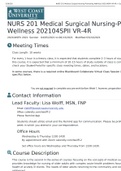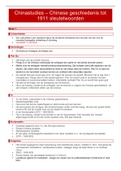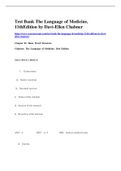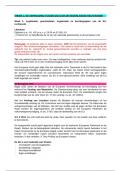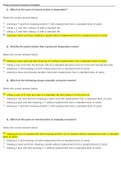Other
TEFL Assignment 2 - Grammar Lesson Plan [MUCH,MANY AND A LOT OF] RECENT DOCUMENT
- Course
- Institution
This document contains a carefully thought-out and comprehensive lesson plan for teaching pre-intermediate students grammar on quantifiers [much, many, and a lot of]. It includes clear materials and references. It's a recent document that can help you finish TEFL Assignment 2 faster and with better...
[Show more]




